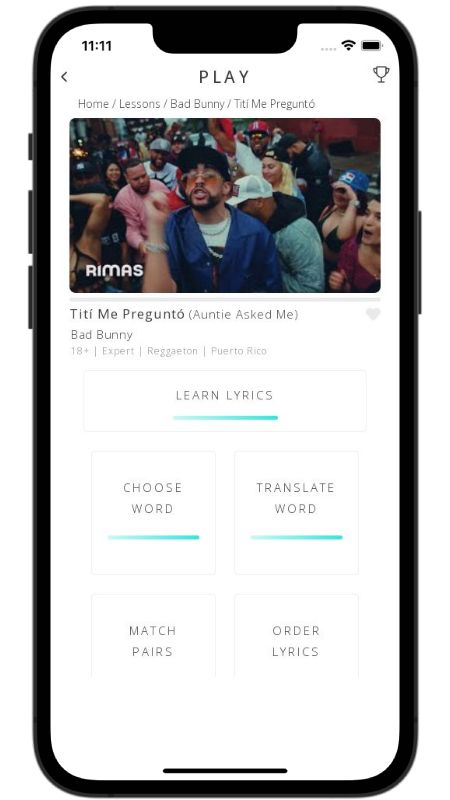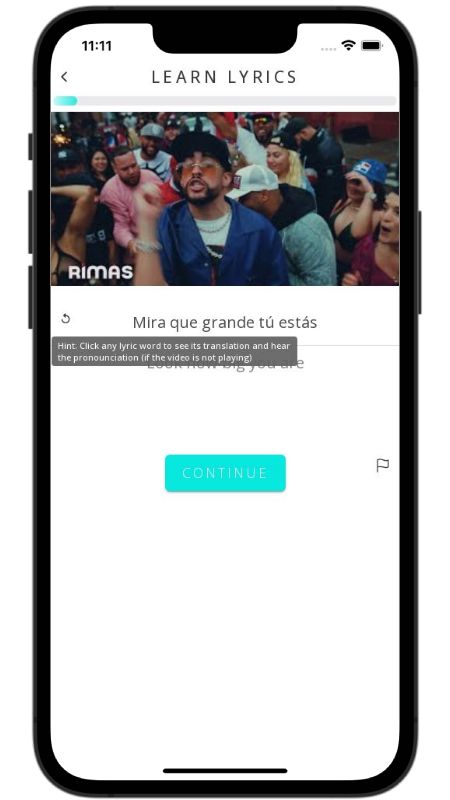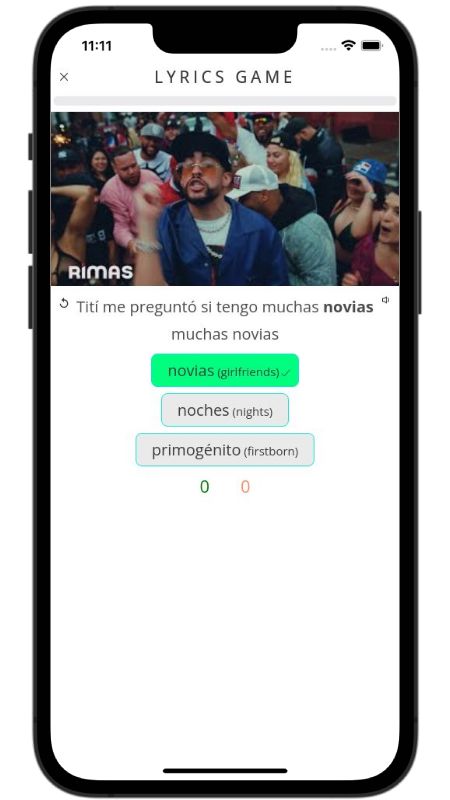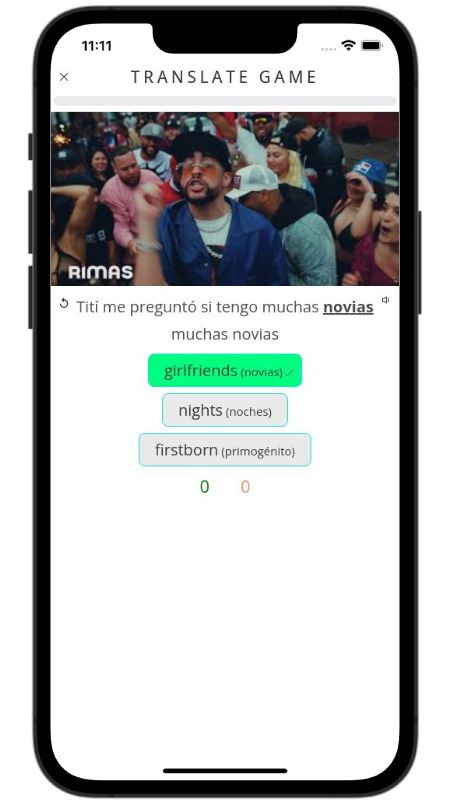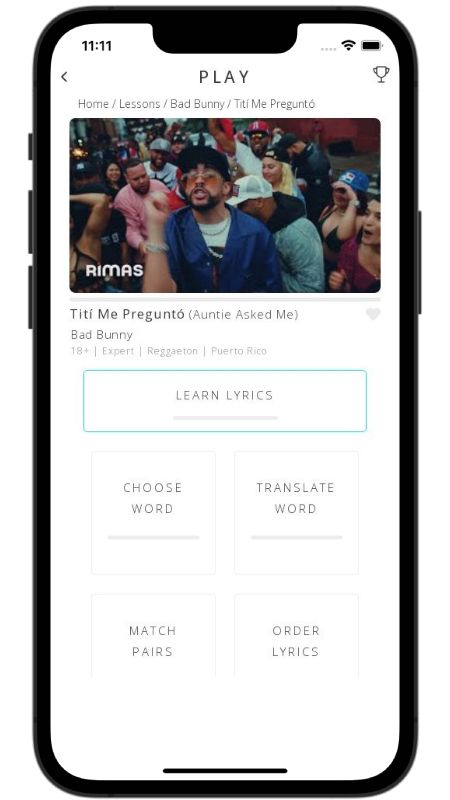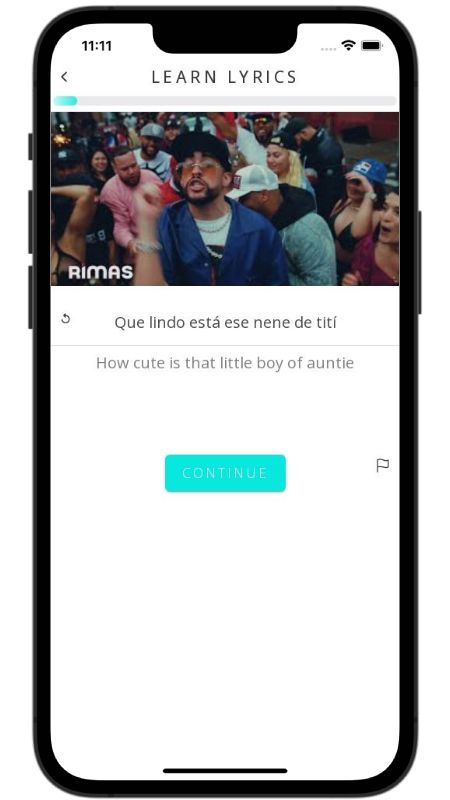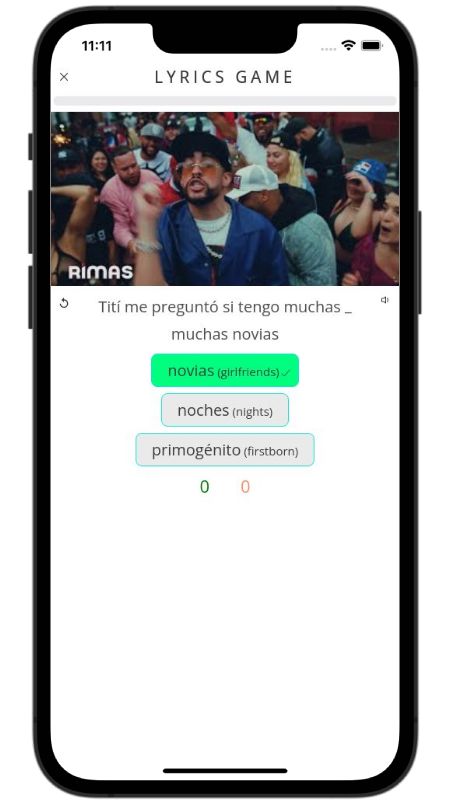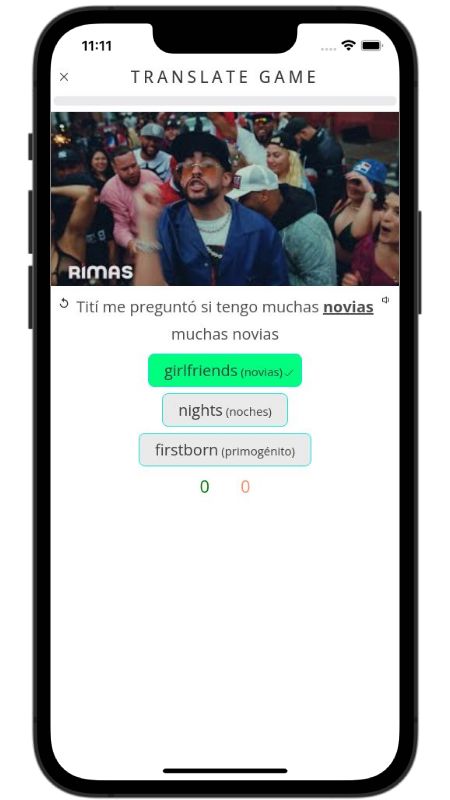CUAL ES ESA Lyrics in English Feid , Pirlo
Below, I translated the lyrics of the song CUAL ES ESA by Feid from Spanish to English.
Oh my God
Intro
Nobody gets me
Oh my God
Hey, babe, jump in right now
I'm headed to the party
Intro
Tell me if you want it in Medallo or I'll put you in Cali
With all the neas, the happy kitties
Coming without clothes is necessary
Dark shades when the sun comes up
Bridge
Oh, babe, you dance so damn good
She'd stepped away from the streets
But the little twerk suits her better
Verse 1
Inside the club the bottles, the private room
VIP with the crew and like 10 asses beside me
I know that all of them want to give it to me
None has turned me down
Verse 1
That happens to me non-stop since I'm lit
I brought Ferxxo from Miami, we took him to El Poblado
Elite party, I'm a guest
Sorry if you see me flexing
It's just that now I'm living what I dreamed of since I was a kid
Chorus 1
Another night, she-wolf, kitty, bandit
Quiet, no jealousy, hidden
Chorus 1
Tonight I'm gonna give her whatever she asks me for, whatever she asks me for
So what's up for her to drop that dude, how would it be?
Which one is that, bro?
Verse 2
The floor full of cash
All the babes loose and going wild
Rolling dice with the rat and the seven
Yessir
It's not going up like a rocket anymore
All sauced up, pure energy
Dance, don't say goodbye
Babe, how good it'd be
You and me until the next day
Now you do want to come back
Because you saw that today I'm better than yesterday
She wants to hurt me and she wants to trap me
She came since she saw that my power went up
Now she's only calling to f*ck
Now you do want to come back
Because you saw that today I'm better than yesterday
She wants to hurt me and she wants to trap me
She came since she saw that my power went up
Now she's only calling to f*ck
Another night, she-wolf, kitty, bandit
Quiet, no jealousy, hidden
Tonight I'm gonna give her whatever she asks me for, whatever she asks me for
So what's up for her to drop that dude, how would it be?
Another night, she-wolf, kitty, bandit
Quiet, no jealousy, hidden
Tonight I'm gonna give her whatever she asks me for, whatever she asks me for
So what's up for her to drop that dude, how would it be?
Lyrics and Translations Licensed & Provided by LyricFind
Lyrics © Universal Music Publishing Group
Did you like these lyrics?
Did you know?
In addition to reading lyric translations, you can now learn Spanish with music and lyrics from your favorite artists.
No more boring lessons. You can now learn with engaging and culturally relevant lyrics from the best artists.
Apple and App Store are trademarks of Apple Inc.
Google Play and the Google Play logo are trademarks of Google LLC.
